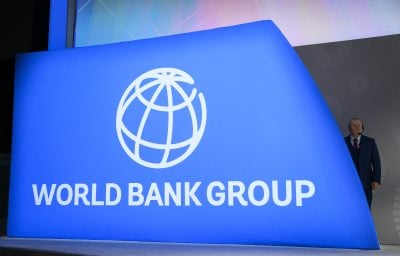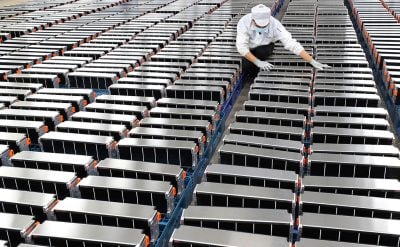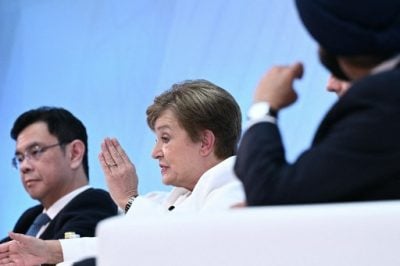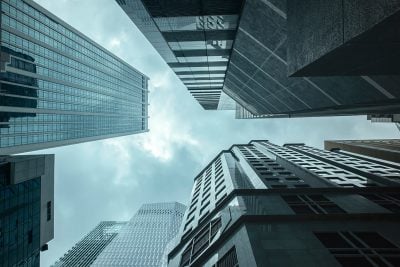Guinea bauxite reserves: Aluminium, down but not out. With prices in the doldrums, the aluminium industry has had little cheer of late. But the future may be a lot more positive for Africa’s players in this market. MJ Morgan reports.
Aluminium is the most-produced non-ferrous metal. It’s light, strong and Guinea in West Africa is home to one quarter of the world’s bauxite reserves – aluminium’s principal ore. Because it is highly reactive, it is a difficult mineral to extract from its ore. It takes a lot of electricity to smelt it. So the ore is often transported to where power is cheapest, since it takes about 13,000 kWh of electricity to produce one tonne of aluminium. Hydroelectric is an ideal source of cheap power.
Clearly, a continent where there is ample hydroelectric and bauxite is set to succeed in the aluminium industry. However, the financial crisis took prices that were above $3,300 per tonne and sent them down below $1,500. This year has seen prices oscillate down from $2,100 per tonne at the start of the year to below $1,800.
The problems are clear, oversupply and slowing demand from China. The Middle Kingdom is dominant in all metals markets but overwhelmingly so in the case of aluminium, with a 47% share of global consumption against a 43% share of production – making it by far the largest producer of aluminium.
China is expected to produce 24m tonnes this year, well below capacity. It has significant bauxite reserves, enough for a decade or more at current rates of production, but its planners are already looking to secure future supplies of bauxite.
Bauxite is actually the abundant mineral in the earth’s crust but, in terms of deposits that are economically feasible to extract (known as reserves) Guinea is head and shoulders above the competition and is a major exporter. The country is seeking to triple its bauxite production by 2020 which would raise its share of global output from 7% to 25%. Output in 2012 was around 20m tonnes. Roughly speaking, four tonnes of bauxite is refined into two tonnes of , which is then smelted into one tonne of aluminium.
Guinea
The first parliamentary elections in Guinea in 11 years were on 28th September. Provisional results were not published until the 18th October. President Alpha Condé, himself elected in 2010, won 53 seats, which is just short of a majority. Opposition parties have called the results fraudulent and are petitioning the Supreme Court to annul the result. International observers were not uniformly satisfied with the vote. Nevertheless the President was able to pass through a new mining code in 2011, further revised this year, that granted the state 15% in mining projects at no cost with the option to extend the state’s share up to 35% by a right to purchase at the market rate.
The new code is regarded by many as best practice and a skilful attempt to balance the needs of investors and the rights of citizens. Although some miners have grumbled at the changes, there is little sign that any of the big three players will leave. Rio Tinto Alcan, with Alcoa and Rusal one of the world’s three largest producers of both aluminium and bauxite, operates the Kamsar-Sangaredi mine in Guinea and the Alucam (a joint venture between the government and Alcan) smelter at Edéa in Cameroon, with a capacity of 100,000 tonnes a year. The company plans to invest $1.8bn to raise production of the smelter to 300,000 tonnes and has signed a letter of intent with the government of Cameroon regarding a new 400,000 tonne smelter to be powered using a new 1,000MW hydroelectric generator.
However, a Deutsche Bank report in January identified the smelter as loss making and as a possible target for closure – although no such closure is currently planned by the Rio management. Also on the Sangaredi Plateau is the other aluminium giant, Alcoa. Rusal has signed a deal with the government to build an alumina refinery with a capacity of 1.2m tonnes, to process the product of the Dian-Dian mine. This is a welcome move as the company currently does its processing in Ukraine.
Mozambique
Also a major player in Africa’s aluminium industry is Mozambique. Just outside Maputo, at Matola, is the Mozal aluminium smelter. The second largest in Africa, it produces 580,000 tonnes a year, generating about a third of the country’s export earnings – and consuming almost a half of its electricity.
Its $2bn cost came from equity investors (BHP Billiton owns 47%) and international funding bodies. The government of Mozambique owns just 4%. Following investment by Bahraini firm Midal, 50,000 tonnes of Mozal aluminium will be processed domestically into rods and cables from next year.
South Africa
South Africa, on the other hand, mines no bauxite but does import alumina for BHP Billiton’s smelter to process. Eskom is contracted to provide power to BHP but regulator Nersa is probing the contracts, having formally requested a review of the current arrangements.
Further down the value chain, dozens of aluminium foundries have closed in the country in the last few years. The government is responding by introducing new rules for the country’s scrap metal merchants. It takes only 5% of the energy to recycle the metal than it does to produce it in the first instance – and the metal is infinitely recyclable. They are now required to offer their scrap domestically at a 20% discount before being granted an export licence.
Want to continue reading? Subscribe today.
You've read all your free articles for this month! Subscribe now to enjoy full access to our content.
Digital Monthly
£8.00 / month
Receive full unlimited access to our articles, opinions, podcasts and more.
Digital Yearly
£70.00 / year
Our best value offer - save £26 and gain access to all of our digital content for an entire year!
 Sign in with Google
Sign in with Google 


